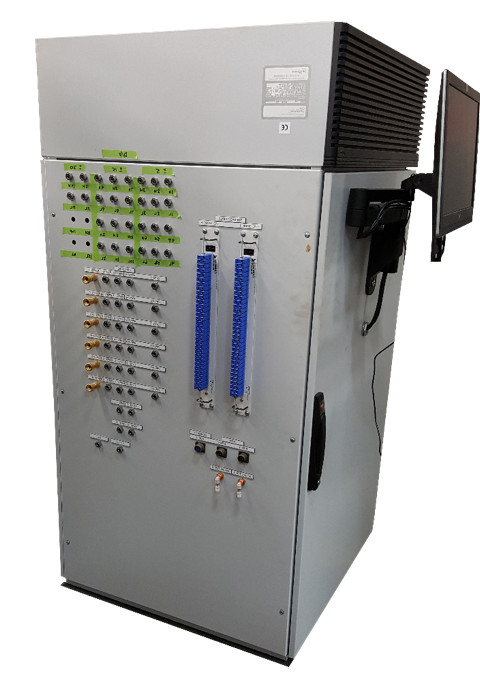I need a custom Manufacturing Test System. How would you solve my problem?
Custom Manufacturing Test System Development Flow
There are aspects specific to designing manufacturing test systems. The development flow generally looks like this.
Requirements Generation
Requirements Generation produces documentation about the needs of the test system and helps us understand the details about the system which we need to deliver. It’s very important to do as thorough a job as possible in capturing these requirements, since if some are missing or confusing, then adding or correcting these details later on can be very expensive. We encourage clients to engage us early in the project to assist in the development of good requirements. We have a reputation for asking a lot of questions (some say too many) with the goal of having a clear understanding before work begins.
Important aspects for manufacturing testers:
System Design
System Design takes the requirements and maps out methods and subsystems that will be used to create the test system defined by those requirements. The output of this stage is ideally a system design document and can also include prototyped subsystems for areas of the system that need to be proven out before implementing. Often, for smaller projects or ones needing less formal process, the design work can be as simple as sketched ideas or mocking up a UI panel in LabVIEW (or maybe even played out in the developer’s head). The bigger the project, the more critical this phase becomes.
Important aspects for manufacturing testers:
Implementation
Implementation converts the design into an actual system. This stage is typically where the majority of the engineering effort occurs. The meat of our development for manufacturing test solutions is generally very software-centric, generally LabVIEW or C#. The electronics hardware is generally available off-the-shelf (we generally utilize NI hardware for core processing and measurement/control, and interface with lab equipment as needed). We farm out mechanical enclosure/panel builds to a couple houses that we like to partner with.
Important aspects for manufacturing testers:
Debug and Test
Debug and test subjects the entire system to well-aimed tests in order to look for evidence of proper function. Initial testing is performed on parts of the system as the pieces come together. These partial tests help vet subsystems of hardware and software before connecting the entire system together. Proper performance and functionality is defined by the requirements, otherwise we have no way to know that the system is operating as expected. Bugs are fixed until the system operates according to the requirements. Once ready, the system operation is often checked against a formal Acceptance Test Plan, written essentially as a checklist of the requirements to assure that each requirement has been satisfied. For less formal projects, our client works with us to understand and check the system operation.
Important aspects for manufacturing testers:
Deployment
Deployment is where the system is delivered and installed at our client’s facility. Sometimes a final system-wide check is done, especially if the system had to be shipped from our facility. When all set, the system moves into a maintenance plan.
Important aspects for manufacturing testers:






